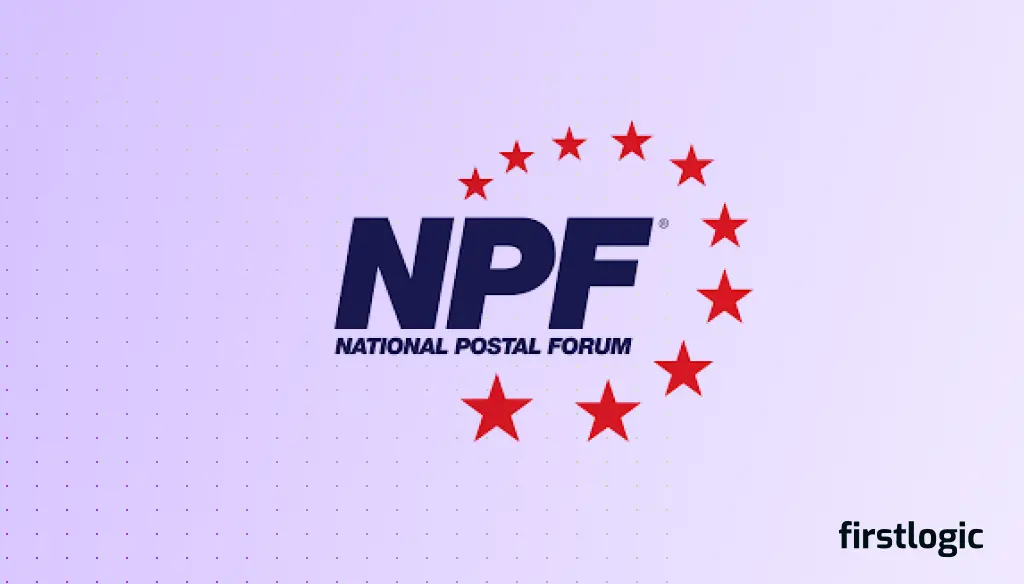The Top 5 Must-Do Data Quality Steps for Digital Transformation

Here’s what you need to do before embarking on an ambitious data transformation project
“Digital transformation” is a term used freely among technical and non-technical people to describe how companies are integrating digital technology into nearly all facets of their businesses. Though the actual application of digital transformation may vary among organizations, nearly everyone can benefit from the value that integrated digital technology can offer.
Before implementing the various automation and intelligence strategies associated with digital transformation, companies must combine data from multiple sources, eliminate duplicates, and standardize data formats. The data must be consistent and reliable. Great data quality software parses, cleanses, standardizes, and enhances the data for you, making data quality the first step in data transformation projects.
Here are the top four data quality improvement tasks you must carry out before embarking on an ambitious data transformation project:
Step 1: Standardize Data Formats
Every organization accumulates data from multiple sources and it’s common for the data to be stored in different formats. A tool like Firstlogic’s DataRight IQ® is essential for reconfiguring names, phone numbers, product ID’s, dates, and firm names. Standardized data allows your company to understand associations and relationships between pieces of data and use that knowledge to your advantage.
Automated processes can’t work efficiently with data that doesn’t conform to a standard. One example of how unstandardized data can be problematic might be customer names. Some databases may list names in a single field that contains title, first name, middle initial, last name, and suffix. Other databases may carry the same information, but with each element stored in a separate field. A third data file may list the last name first and not include middle initials. Unless you parse the data so software systems can compare them, your organization will struggle to make accurate decisions about individual customers.
Step 2: Correct Postal Addresses
Companies use postal addresses for much more than only mailing paper documents. A postal address defines a physical location. This information comes into play when drawing boundaries for territories, determining distances, and assigning locations to jurisdictions such as congressional districts and taxing or regulatory authorities.
Firstlogic’s Address Correction and Enhancement (ACE®) and Mover IQ® products are specialized tools that reference official data from the US Postal Service and other sources. ACE analyzes postal addresses and updates the data to conform to the USPS Coding Accuracy Support System (CASS) standards for postal delivery. This process standardizes the addresses and enables accurate matching, duplication recognition, and data enhancements in subsequent steps.
Millions of people move every year. In 2020 alone, the USPS processed nearly 36 million address changes. The Mover IQ module makes sure the postal addresses in your databases are correct and complete by updating the addresses of individuals, families, and businesses who have moved.
Step 3: Match and Merge Data
Duplicate data is wasteful and misleading. Companies that store data in separate, unconnected databases risk missed opportunities because they lack a clear understanding of customer relationships. Firstlogic’s Match/Consolidate® product solves this problem.
Using both deterministic and probabilistic matching methods, companies can find unique data relationships and combine data such as customers with multiple accounts, customers with multiple addresses, and persons in the same household. Sophisticated fuzzy matching algorithms connect data scattered among separate databases such as customer buying history, payment methods, credit rating, and communication channel preferences. If you combine data, your organization can create and deliver more effective customer communications containing relevant information while increasing your efficiency and reducing your costs.
Step 4: Pinpoint the Location
The location of a home or commercial building is vitally important to any application analyzing traffic patterns, proximity to store locations, access to public transportation, and more. Companies using artificial intelligence to identify relationships involving physical locations need to know exactly where those buildings are located.
Geocode IQ™ pinpoints the latitude and longitude of a location, adds census codes such as Census Tract/Block and Metropolitan Statistical Area (MSA)to your records, and provides data from the U.S. Census Bureau’s TIGER/Line file to improve accuracy and add demographic coding.
Step 5: Enhance the Data
Sometimes, data from outside your organization can influence business decisions and target your marketing efforts. Enhance IQ® provides access to demographic details and other critical data that make a difference in customer profiles. Enhanced data about customers might include dwelling type, home value, estimated income, age, gender, marital status, and number of children.
Use Enhance IQ’s suppression lists to reduce waste and improve marketing campaign ROI by eliminating individuals who are incarcerated, living in nursing homes, or are deceased.
Digital Transformation Relies on High Quality Data
An effective transition to a digitally controlled enterprise relies on a complete and accurate view of each customer’s activity and their relationship with the company. Few organizations have developed this single customer view. Companies can’t correlate internal and external customer behavior metrics until they’ve cleaned and standardized the data.
Inaccurate data used for personalization can damage customer relationships instead of enhancing them. Mistaking a customer’s gender or mismatching their buying history or stated preferences tells customers the organization doesn’t really know them. A single customer view requires organizations to match and combine data from multiple sources. This data analysis and combination must be accomplished before applying logic and algorithms that generate personalized communications or processes affecting individual customers.
Before embarking on data transformation projects, organizations should invoke data management techniques and invest in the tools necessary to analyze their collections of unrelated customer data. Firstlogic’s data quality tools include the software modules you’ll need to get your data ready for your digital transformation. Contact us to learn more about how our data quality software can be an integral part of your digital transformation initiatives.

National Postal Forum 2022
The National Postal Forum (NPF) is back! After pandemic-forced cancellations and transitions to virtual formats, the original, in-person event will be staged in Phoenix, Arizona May 15-18, 2022. Organizers expect to put on an exciting and well-attended affair.

Quest Software
Quest Software governs their data with Firstlogic and SAP Data Quality Management (DQM)